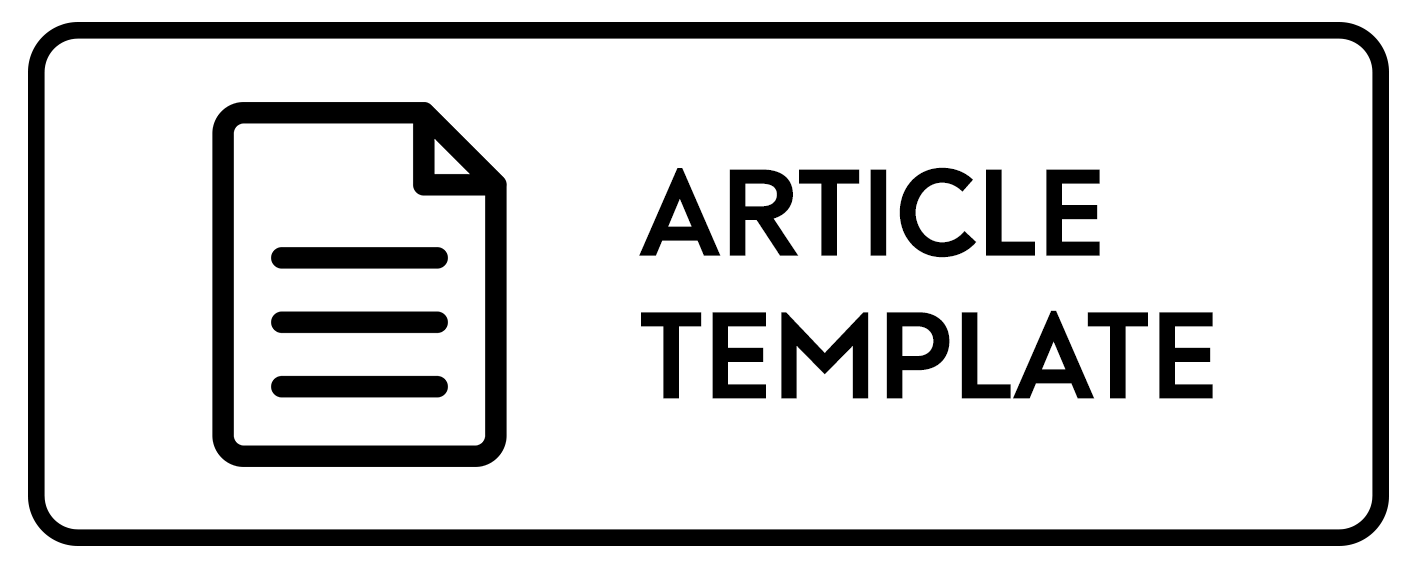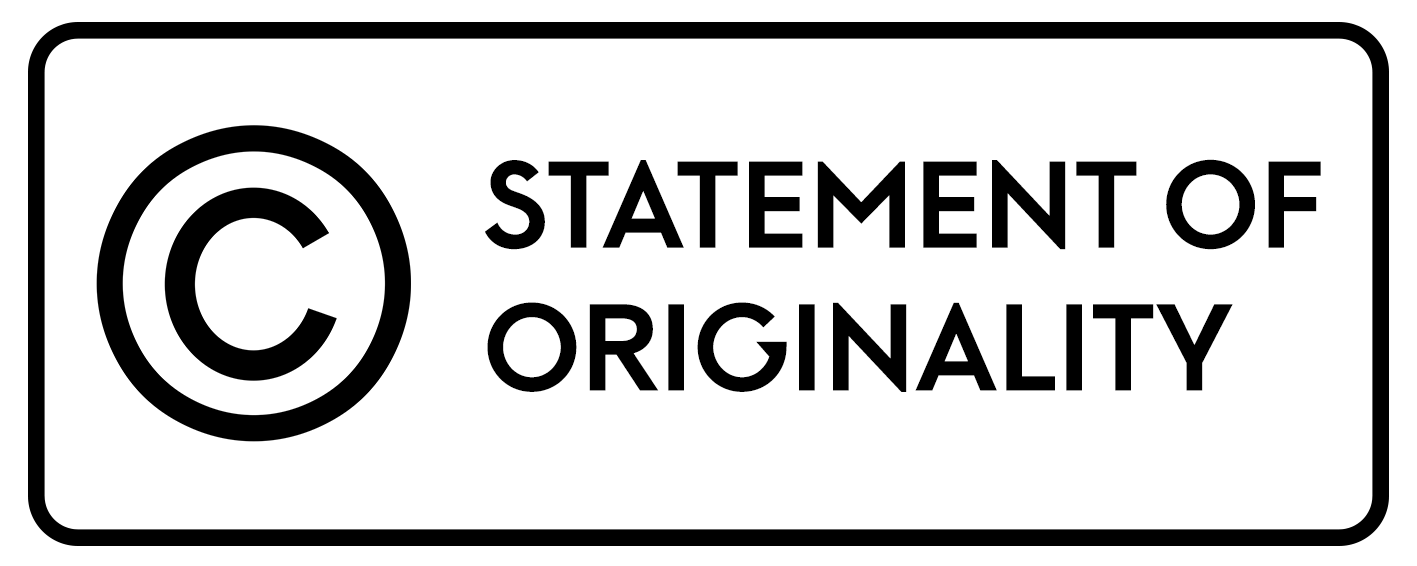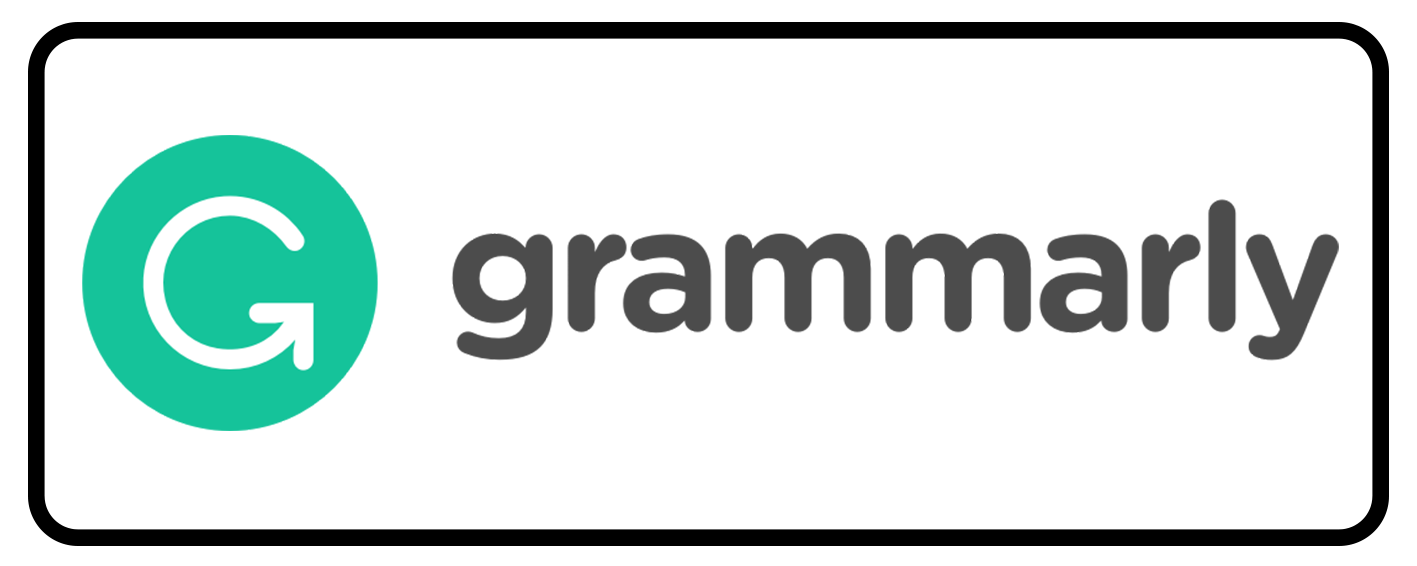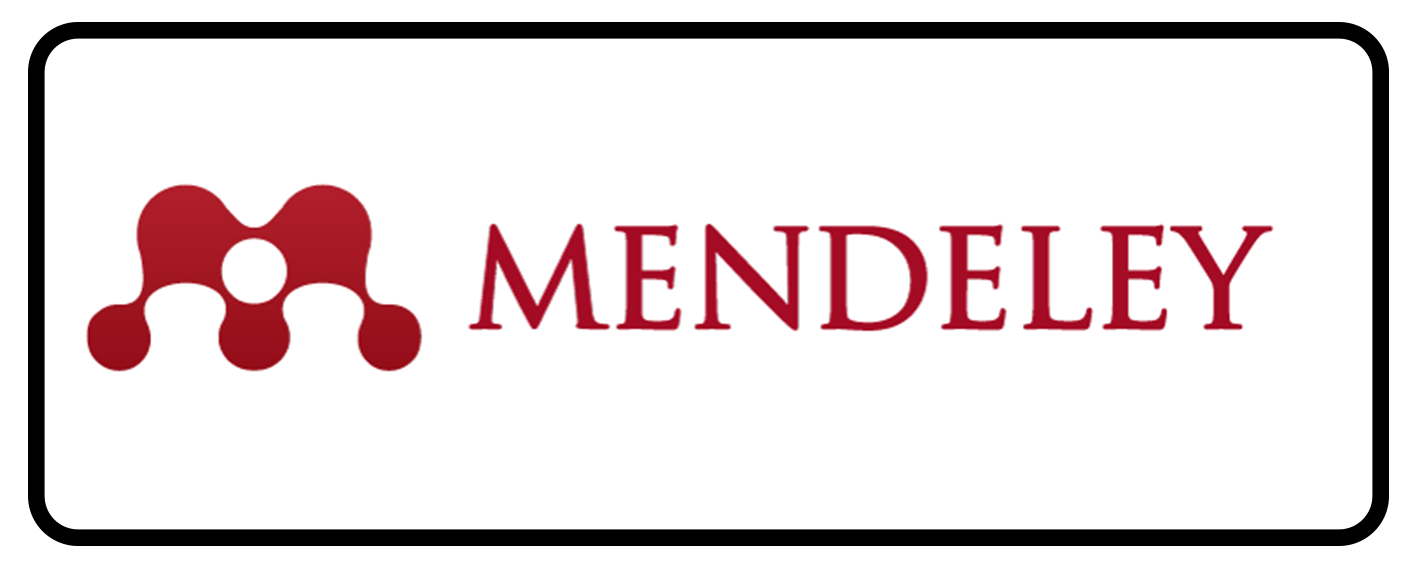The Power of Metaphor in the Representation of Mental Images in the Language of Tourism Print Advertising: Lakoff and Johnson’s Model of Conceptual Metaphor
Abstract
This study investigates, from a cognitive perspective, the effectiveness of metaphor use in the communication of tourism print advertising-related messages (visual images). The researcher examines how the use of metaphorical language generates an effective visual image based on Lakoff and Johnson's (1980) model of metaphor. The study analyzes the mental impacts of metaphor usage in tourism print advertisements and investigates how they can contribute to an effective communication of tourist messages (images of certain tourist destinations). This research article investigates the power of employing metaphor as a figure of speech which increases imagery and memorability of the described tourist service and product. This study takes on the question of how metaphorical language constructs beautiful images of a given tourist destination and examines what kind of metaphor seems to be highly frequent and pervasive within the gathered data by the application of Lakoff and Johnson’s model-based cognitive perspective. This study makes use of both content analysis, as a qualitative research tool, and frequency count, as a quantitative research tool, to analyze the written language of tourism print advertising in various countries all over the world. This research article aims to conduct a comprehensive analysis of nineteen distinct tourist prints encompassing diverse tourist destinations around the globe. The purpose of which is to find out the most frequent type of metaphor and its impact on the communication of attractive and appealing images of certain tourist destinations. This mixed approach is established on appropriately constructed principles that would enable the author of this study to answer its questions. Lakoff and Johnson’s (1980) model-based cognitive perspective, as the theoretical framework of this study, provides the bases and the analytical tools to interpret the inferred information in this study. The findings indicate that approximately 68.4% (13 out of 19) of the analyzed ads contained structural metaphors, whereas around 31.6% (6 out of 19) contained ontological metaphors. Advertisers make recourse to structural metaphors because they offer a concise and comprehensible means of conveying complex ideas (abstract notions). They facilitate clarity in terms of communication of fundamental aspects and experiences. They resonate with the preference for the visual communication of compelling images of certain tourist destinations. They help to create captivating imagery that attracts the audience's attention and evokes specific emotions or perceptions which is one of the main marketing techniques in advertising practices. The extracted results which are predicated on the use of content analysis to investigate the collected data prove that metaphor-based messages tend to be significantly present in tourism print advertisements. The findings suggest that the use of metaphor is highly effective when it comes to intelligibly communicating abstract complex notions (images) related to tourist destinations. The most frequent type of metaphor as far as the examined data is concerned is the so-called structural metaphor. It is found to be much more effective in terms of communicating highly intricate thoughts and conveying unique and special qualities of a certain destination that make it stand out. It is one of the most important types of metaphor which are defined by Lakoff and Johnson (1980) (orientational, ontological, and structural metaphor). It constructs evocative and memorable images of the target tourist destination. The main limitation of this research article is that it heavily relies on Lakoff and Johnson's model-based cognitive perspective, which is not that widely accepted theory within the academic arena and does not consider other theoretical perspectives in the investigation of this research problem. Another limitation could emerge from not taking into account the factor of the so-called context of those examined tourism print advertisements (visual presentations and the target audience). These described limitations provide a framework for further future research in this area in order to perfectly gain more reliable and valid insights into this subject matter which is under investigation.
Full Text:
PDFReferences
References
Djafarova, E, (2008). Language in Tourism Advertising: The Contribution of Figures of Speech to the Representation of Tourism. Northumbria University, Newcastle.
Djafarova, E and Anderson, H.C. (2008). The Contribution of Figurative Devices to the Representation of Tourism Images. New Castle Business School, Northumbria University.
Jeong, S. H. (2007). Visual Metaphor in Advertising: Is the Persuasive Effect Attributable to Visual Argumentation or Metaphorical Rhetoric? Journal of Marketing Communication, Annenberg School for Communication, University of Pennsylvania, Philadelphia, the USA.
Jaworska, S. (2017). Metaphors We Travel by: A Corpus-Assisted Study of Metaphors in Promotional Tourism Discourse. Article in Metaphor and Symbol, University of Reading.
Kovecses, Z. (2000). Metaphor and Emotion. Lorand university. Cambridge university press.
Lakoff, G and Johnson, M. (1980). Metaphors We Live By. The University of Chicago press. Chicago and London.
Suryasa, W, (2016). Figurative Language Found in Print Advertisement. International Journal of Language and Linguistics, Literature and Culture, Denpasar, Indonesia.
Sylvia, S. (2017). Conceptual Metaphors and the Evocation of Images. Metaphor and Symbolic Activity Journal, The USA, 32(4), 239–253.
Xie, K and Lee, J.S. (2013). Toward the Perspective of Cognitive Destination Image and Destination Personality: The Case of Beijing. School of Hotel and Tourism Management at The Hong Kong Polytechnic University in Kowloon, Hong Kong, SAR, China.
Websites
writers-online-Co-UK. Merriam-Webster dictionary
DOI: http://dx.doi.org/10.30872/calls.v10i1.15468
Copyright (c) 2024 Jawad El Bakri

This work is licensed under a Creative Commons Attribution-ShareAlike 4.0 International License.
Editorial address:
Fakultas Ilmu Budaya, Universitas Mulawarman
Address: Jl. Ki Hajar Dewantara, Gunung Kelua, Kec. Samarinda Ulu, Kota Samarinda, Kalimantan Timur, Indonesia 75123
Email: jurnalcalls@fib.unmul.ac.id
Website: http://e-journals.unmul.ac.id/index.php/CALLS

CaLLs: Journal of Culture, Arts, Literature, and Linguistics site is licensed under a Creative Commons Attribution-ShareAlike 4.0 International License
CaLLs: Journal of Culture, Arts, Literature, and Linguistics indexing by:














